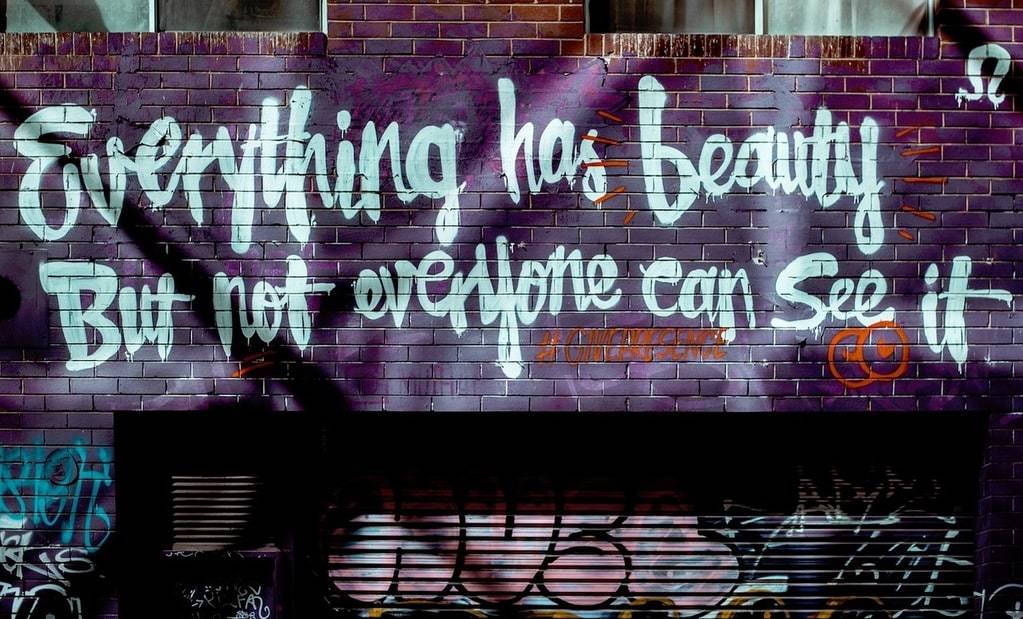Contemporary art has become a significant influence in modern society, shaping cultural norms, political landscapes, and social values. This dynamic form of expression, characterized by its ability to challenge the status quo and provoke thought, permeates various aspects of daily life. From public installations to digital media, contemporary art is a powerful tool for communication and change.
The Impact of Contemporary Art on Modern Culture
Contemporary art plays a pivotal role in reflecting and shaping modern culture. It offers a mirror to society, highlighting both its beauty and its flaws. Through its diverse mediums and approaches, contemporary art fosters a deeper understanding of the world around us. It challenges audiences to think critically about their environment and their role within it.
Artists such as Banksy, Ai Weiwei, and Yayoi Kusama use their works to comment on social issues, inspiring viewers to engage in conversations about topics like politics, identity, and human rights. This interaction between art and viewer encourages a more engaged and thoughtful society, where individuals are more likely to question the world around them.
The Role of Technology in Contemporary Art
Technology has revolutionized the way contemporary art is created, displayed, and consumed. Digital tools and platforms have opened new avenues for artists, allowing for innovative forms of expression and interaction. Virtual reality (VR) and augmented reality (AR) experiences, for instance, offer immersive environments that were previously unimaginable.
Social media platforms provide artists with unprecedented access to global audiences, democratizing the art world and breaking down traditional barriers. This digital shift has also enabled the rise of new art forms, such as digital installations and NFTs (Non-Fungible Tokens), which are reshaping the economic aspects of the art market.

Contemporary Art as a Catalyst for Social Change
One of the most profound influences of contemporary art is its ability to act as a catalyst for social change. Through provocative and often controversial pieces, artists can draw attention to social injustices and inspire activism. The Black Lives Matter murals and climate change art installations are prime examples of how art can mobilize communities and drive social movements.
Art can serve as a powerful commentary on the human condition, making abstract issues more tangible and relatable. By engaging with contemporary art, audiences are often moved to reflect on their own beliefs and actions, fostering a more empathetic and socially conscious society.
Education and Contemporary Art
Contemporary art also plays a significant role in education. Art education programs that incorporate contemporary art practices help students develop critical thinking skills and creative problem-solving abilities. Exposure to diverse artistic perspectives encourages open-mindedness and cultural appreciation among young learners.
Museums and galleries often host educational programs and workshops that bridge the gap between contemporary art and the public. These initiatives make art more accessible and foster a deeper understanding of its relevance in today’s world.
In summary, contemporary art is not just a reflection of society but a vital part of its evolution. Its influence spans across cultural, technological, social, and educational realms, proving that art is an indispensable element of human experience.
To better understand the influence of contemporary art, consider the following points:
- Cultural Reflection: art mirrors society, providing insights into cultural dynamics.
- Technological Integration: digital tools have expanded artistic possibilities.
- Social Commentary: art can highlight and address social issues.
- Educational Value: exposure to contemporary art fosters critical thinking and creativity.
Future Directions of Contemporary Art
As society continues to evolve, so too will the influence and forms of contemporary art. Emerging technologies like artificial intelligence and blockchain are poised to further transform the art landscape, offering new mediums and methods for artistic expression. The integration of these technologies will likely result in more interactive and personalized art experiences.
Additionally, the ongoing globalization of the art world means that cross-cultural influences will become even more prevalent. Artists from diverse backgrounds will continue to bring unique perspectives to the forefront, enriching the global art narrative.
Contemporary art’s ability to adapt and respond to societal changes ensures that it will remain a vital and dynamic force. By continuously challenging norms and pushing boundaries, contemporary art will keep inspiring and provoking thought, driving societal progress in unforeseen ways.
